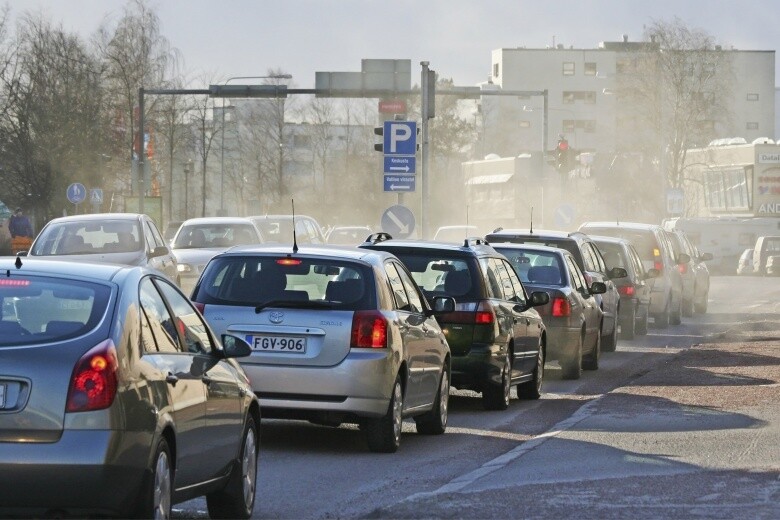The probability of a new driver having an accident is the greatest during the first six months after obtaining the driving licence. This is partly due to a lack of driving experience and ability to control your actions.
The more chance you have to practise driving under supervision before you receive your right to drive, the better prepared you will be to drive independently once you get your licence.
Plenty of driving experience in different traffic environments and situations while you are practising will give you a sounding board for traffic situations you may encounter in the future and help you understand how traffic is about interaction where everyone is responsible for the smooth running and safety of traffic.
In addition, many basic functions associated with controlling the vehicle become automatic, and more of your brain capacity (mental ability) is freed up for other activities, including making observations. Being sufficiently observant and having experience of situations you have encountered before will enable you to anticipate and manage traffic situations as an independent driver.

What does a new driver’s risk management mean?
It means an ability to identify any risk factors arising from the road and traffic conditions and your own actions.
This includes making observations and understanding the significance of the observed condition or factor.
Not all risk factors/hazardous conditions turn into accidents. You must always assess the risk or likelihood of the hazard being realised.
Many different factors may be at play simultaneously in a given situation, and for this reason, understanding the big picture is important. You must be able to assess what the primary risk factor in any situation is, and select a line of action that increases the safety margin and reduces the accident risk. This is what risk management means.
What are risk factors in traffic?
The factors may be roughly divided into internal and external risk factors.
Some of the risk factors of driving stem from:
- who you are
- what you are thinking about
- what your attitude to the world around you is.
Driving is a self-directed activity. You have a lot of say in your own risk level through what you do and what you don’t do.
What is your motive for driving? Is it getting from A to B? Is driving a way of ‘letting out steam’ for you – do you jump into the car and start driving when your emotions are in a turmoil? In this case, you are also likely to speed, or drive unpredictably or aggressively. Is driving a source of enjoyment or excitement for you? It is important that you become aware of and understand your motives for driving so that you can control them and reduce the risk for yourself and other road users.
Internal risk factors
Internal risk factors are those related to controlling your own actions. Controlling your actions is a skill that plays a key role in becoming a safe driver. Controlling your actions means controlling your state of mind. Can you act calmly and systematically, for example in a challenging traffic situation, or do you panic? Do you start driving even if you are tired or have been drinking? If your mates egg you on to show how fast your car can go on the motorway or how adept you are at controlling your car on a twisty road at a high speed, do you go along with it?
External risk factors:
- weather conditions: rain, fog, ice, snow, slippery road surface
- road conditions: steep bend, narrow, twisty road, worn-out pavement or other damage to the road surface
- time of the day: dusk, dark, night time, elk and deer
- other road users, including persons who behave unexpectedly or unpredictably: children, older people, a driver slamming on the brakes in the car in front of you
- mopeds, light quadricycles, motorcycles, heavy goods vehicles
- vehicle speed, invisibility, unexpected behaviour, space required by a large vehicle
Learn to change the way you observe your surroundings in different traffic environments. Think about what sort of observations you need to make in a city environment as compared to driving in the countryside or on a motorway. Be careful in new or exceptional situations, including in the vicinity of roadworks or scenes of an accident.
Remember the correct speed for each situation, a wide field of observation and sufficient distance
Remember that your skills improve gradually as you gather experience. As a new driver, you can reduce your general accident risk by simple means: selecting the correct speed for each situation, ensuring that you have a sufficiently wide field of observation, and leaving an adequate distance to other road users – in front of you, on both sides and behind you.